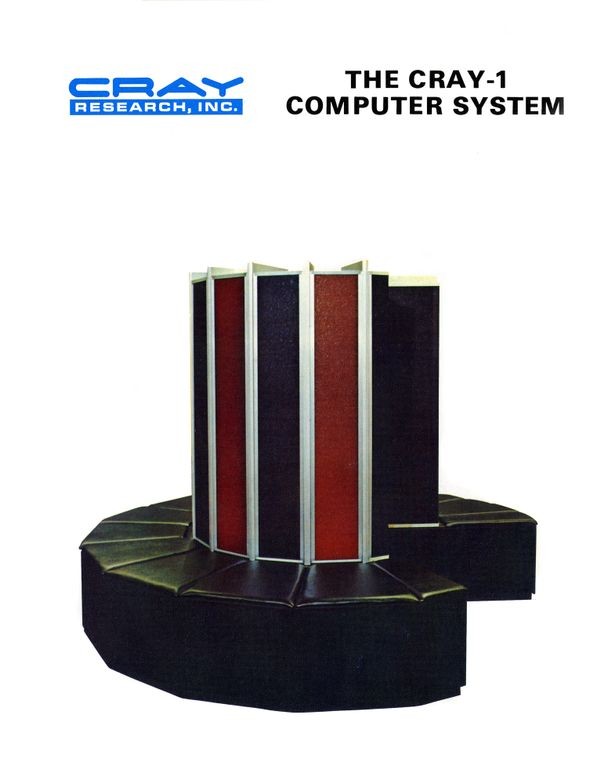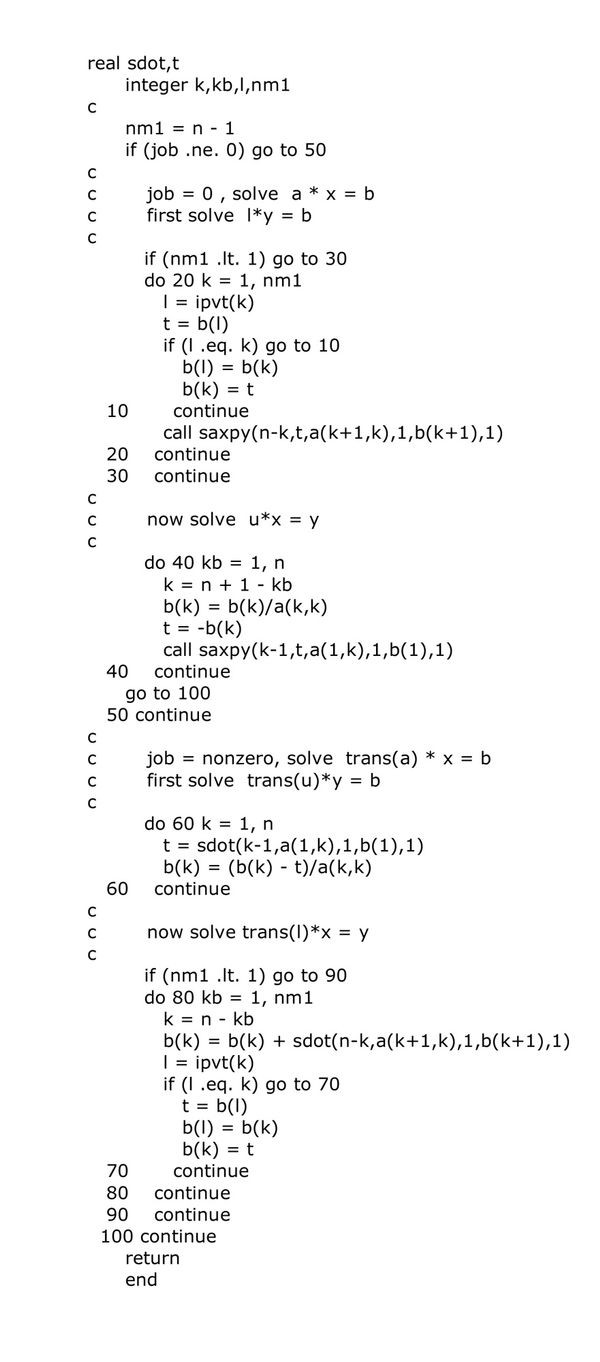The Need for Speed
Backplane wiring of the CDC 7600 supercomputer
The wiring was done by hand and had to be precise to within a fraction of an inch to optimize the speed of the machine.
Various Paths to Supercomputing
The earliest computers were sequential machines, processing one number at a time. Some supercomputers increased processing speed by working on many numbers at once.
Vector supercomputers like the Cray-1 perform calculations on all the numbers in a sequence by filling a pipeline with them and processing them assembly-line style.
Parallel computers combine multiple processors into a larger system. These spread a complex calculation among many processors working independently, and then reassemble the results into a single answer. In SIMD computers (“single instruction, multiple data”), all processors execute the same instructions at the same time on different data. In MIMD computers (“multiple instruction, multiple data”), the processors needn’t operate in lock-step, but still exchange results.
Clusters the most common type of supercomputer built today — are groups of computers connected by networks and coordinated by software. Large clusters can contain a million linked computers.
Cray-1 diagram
The Cray-1 featured a very large memory as well as both sector and scalar functional units.
View Artifact DetailThe Need for Speed
Speed isn’t just a luxury for the impatient. Supercomputers do what couldn’t otherwise be done, by simulating systems that are dangerous, expensive or impossible to try in real life. This provides a “third paradigm” for scientific progress, after theory and experimentation.
Grand problems of science and engineering—from modeling the climate a billion years ago to designing safer cars—depend on supercomputing.
How Fast is Fast?
We compare car speeds by measuring MPH (miles per hour). We can compare supercomputer speeds by measuring FLOPS (Floating Point Operations Per Second).
A supercomputer with a speed of one gigaFLOP (one billion FLOPS) produces a new mathematical result every billionth of a second. A teraFLOP is a thousand times faster!
Sample Fortran code fragment from a Cray supercomputer
The Cray Fortran language was specially written for supercomputer applications with large computational requirements.
View Artifact Detail


